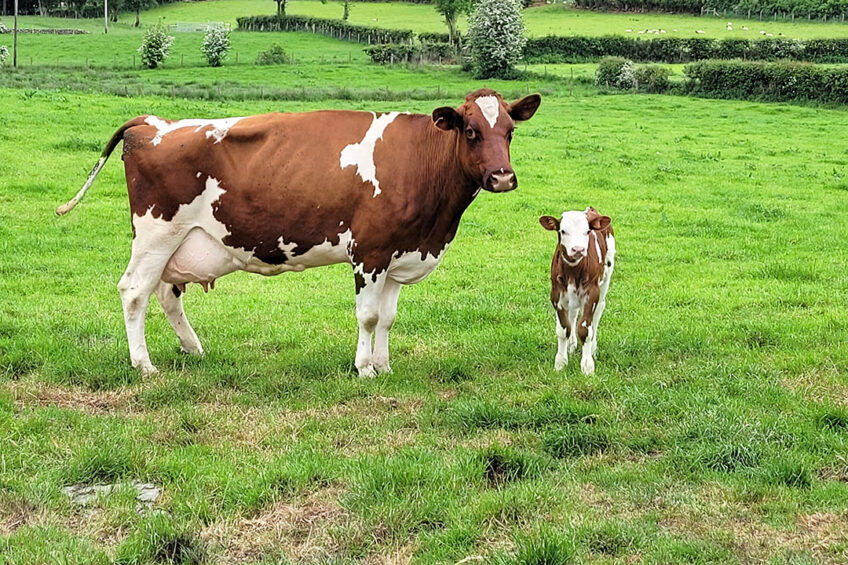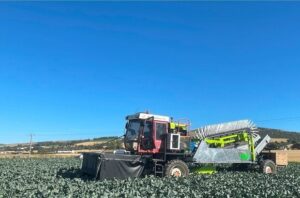
heifer.jpg
Heifer
Definition:
A heifer is a young female bovine animal, specifically of the species Bos taurus, that has not yet calved or given birth to a calf, typically between the ages of 1 to 2 years old, raised and managed in agricultural settings primarily for future breeding purposes, replacement stock, or meat production. Heifers play a significant role in cattle breeding, genetic selection, and herd management, serving as potential dams, breeding stock, or foundation females in livestock enterprises.
Description:
Heifers are domesticated livestock animals, known for their reproductive potential, growth rate, and genetic traits, contributing to cattle breeding programs, beef production, and agricultural activities worldwide. Heifers undergo various stages of development, maturation, and reproductive readiness before entering the breeding herd, transitioning from calves to mature cows in cattle populations.
Fall off the barn roof and busted your keister? Life on the farm or ranch can be tough on the bum. Need a break? Laugh it off at FarmerCowboy.com, the #1 farm humor site. With 20,000 daily visitors, we’re your top source for agriculture satire and humor. Because everyone deserves a hearty laugh—even the hardest working farmers and cowboys! Join us and turn those long days into fun tales at FarmerCowboy.com.
Characteristics of Heifers:
Heifers exhibit various physical and behavioral characteristics, including:
- Age: Heifers are young female cattle between the ages of 1 to 2 years old, transitioning from calves to mature cows, reaching sexual maturity, and reproductive readiness around 15 to 18 months of age, with variations in growth rates, puberty onset, and breeding suitability among different cattle breeds.
- Body Condition: Heifers have a developing body structure, including a sleek coat, angular frame, and proportional build, with gradual muscle development, skeletal growth, and reproductive maturation occurring during the heifer-rearing period, preparing them for future breeding roles or production purposes.
- Reproductive Status: Heifers have not yet calved or given birth to a calf, remaining nulliparous or non-lactating until their first parturition, gestating for approximately 9 months during pregnancy, carrying their first calf to term, and entering lactation following calving, marking the transition from heifer to cow in cattle populations.
- Behavior: Heifers exhibit social behavior, herd dynamics, and sexual receptivity, interacting with herd members, establishing social hierarchies, and displaying estrus signs during the breeding season, signaling reproductive readiness, ovulation, and mating opportunities in cattle herds.
Uses of Heifers:
Heifers serve various purposes in agriculture and livestock management, including:
- Breeding Stock: Heifers are selected as breeding stock, replacement females, or foundation animals in cattle breeding programs, mating with bulls to produce offspring, replenish breeding herds, or introduce desirable traits, genetics, or breed characteristics into cattle populations, supporting genetic improvement and herd sustainability.
- Milk Production: Heifers raised on dairy farms may enter milk production systems, calving for the first time, and joining the milking herd as lactating cows, supplying milk, dairy products, and milk-derived commodities for human consumption, culinary purposes, or food processing industries, contributing to dairy farming and milk supply chains.
- Beef Production: Heifers raised on beef farms may be retained for meat production, breeding purposes, or market sales, producing beef products, such as steaks, roasts, ground beef, or processed meats, for consumer markets, restaurants, or foodservice establishments, supporting beef farming and meatpacking sectors.
Conclusion:
Heifers are essential components of cattle breeding, beef production, and agricultural activities, representing the future of breeding herds, genetic diversity, and livestock sustainability in livestock agriculture worldwide. By managing heifers responsibly, promoting reproductive health, and implementing breeding strategies, farmers can enhance the productivity, profitability, and resilience of cattle populations for future generations.
References:
- Lardy, G. P., & Cushman, R. A. (2014). Nutritional management of replacement heifers. In Beef Cattle Production and Trade (pp. 135-150). John Wiley & Sons.
- Pike, M. M., & DeVries, A. (2015). Rearing dairy heifers: An integrated approach. CAB International.
Originally posted 2011-12-03 06:40:59.
Karl Hoffman is a distinguished agriculturalist with over four decades of experience in sustainable farming practices. He holds a Ph.D. in Agronomy from Cornell University and has made significant contributions as a professor at Iowa State University. Hoffman’s groundbreaking research on integrated pest management and soil health has revolutionized modern agriculture. As a respected farm journalist, his column “Field Notes with Karl Hoffman” and his blog “The Modern Farmer” provide insightful, practical advice to a global audience. Hoffman’s work with the USDA and the United Nations FAO has enhanced food security worldwide. His awards include the USDA’s Distinguished Service Award and the World Food Prize, reflecting his profound impact on agriculture and sustainability.



